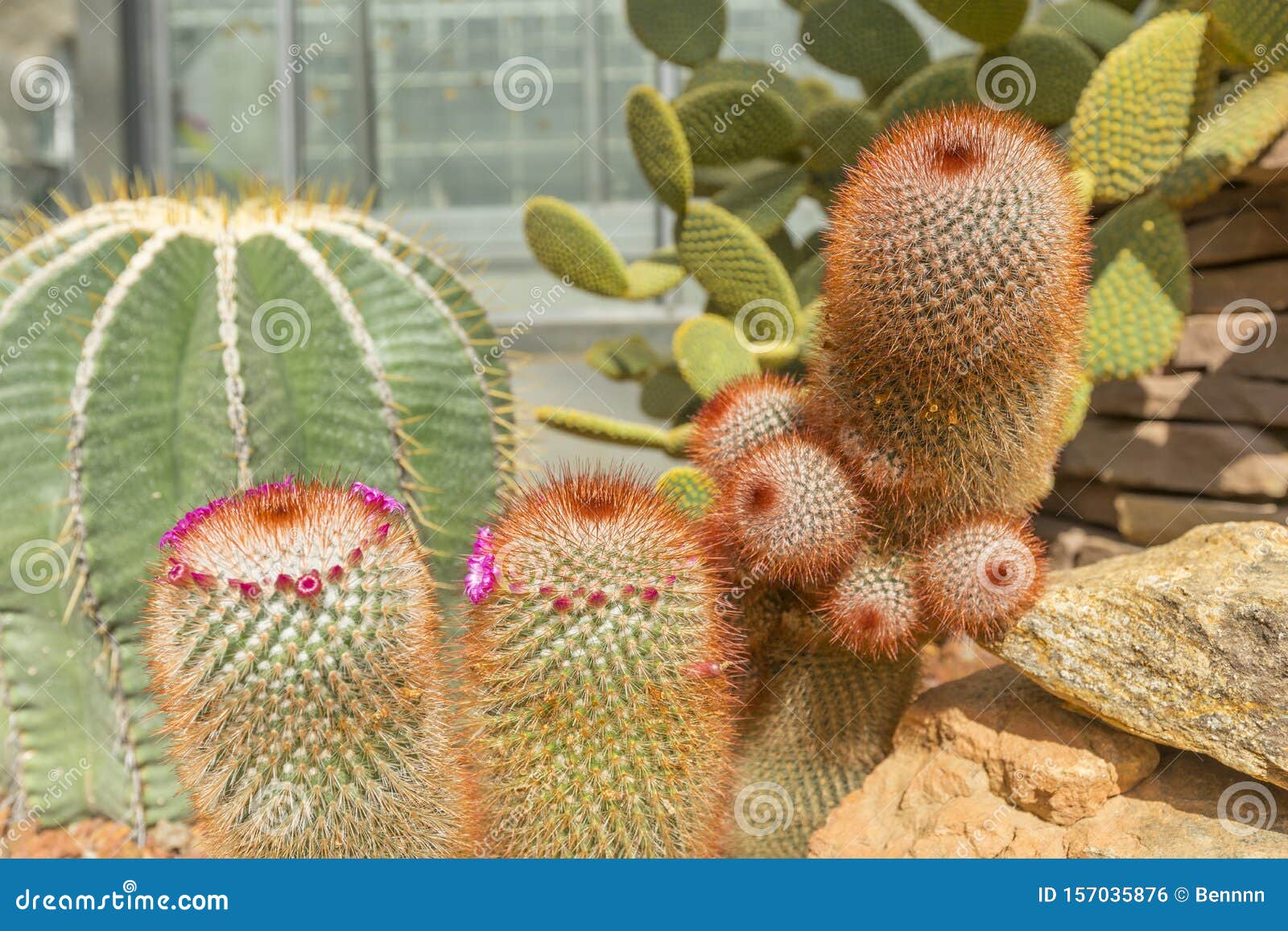The Red Headed Irishman Cactus, scientifically known as Echinopsis chamaecereus, is a stunning succulent renowned for its vibrant coloration and unique form. Originating from the arid regions of South America, this cactus species captures the attention of plant enthusiasts due to its striking appearance and resilience. With its distinct reddish-orange spines that can resemble a fiery crown atop the greenish body, this cactus proves to be not only a formidable point of interest in gardens but also a symbol of adaptability in the desert landscape. This article provides a comprehensive exploration of the Red Headed Irishman Cactus, delving into its cultivation, characteristics, and uses in horticulture.
Understanding the Distinct Characteristics of the Red Headed Irishman Cactus
The Red Headed Irishman Cactus features a unique cylindrical shape that can reach heights of up to 12 inches. Its body is composed of multiple ribbed segments, adorned with spines that vary in length from short to long. The most distinctive feature of this species is undoubtedly the rich red-orange hue of its spines, which creates a beautiful contrast against the green body of the cactus. In optimal growing conditions, the Red Headed Irishman Cactus produces vibrant yellow flowers that bloom during the summer months. These flowers, reminiscent of small trumpets, attract pollinators and enhance the ornamental value of the plant.
The seasonal display of blooms is just one aspect of its allure. The Red Headed Irishman’s spines not only serve a protective function but also play an essential role in its physiological processes. The spines help to reduce water loss by providing shade, allowing the organism to thrive in environments with scarce moisture. This adaptation is particularly crucial in desert habitats, where water conservation is vital for survival.
Cultivating the Red Headed Irishman Cactus in Your Garden
Cultivating the Red Headed Irishman Cactus can be a rewarding experience for both novice and experienced gardeners. This resilient succulent thrives in well-draining soil, making a cactus mix or sand-based soil ideal for its growth. The cactus prefers a sunny location, ideally receiving at least six hours of direct sunlight each day. This exposure not only encourages healthy growth but also enhances the vibrant coloration of its spines.
Watering should be approached with caution, as overwatering can lead to root rot. It is advisable to let the soil dry completely between waterings. During the growing season, which typically spans from spring to early fall, providing occasional watering will support its flowering phase. In contrast, during the winter months, the Red Headed Irishman Cactus enters a dormancy period, requiring minimal water to ensure its survival through cooler temperatures.
Propagation of the Red Headed Irishman Cactus can be achieved through seed or offsets. The latter is particularly popular due to its simplicity; offsets are small shoots that emerge from the base of the mature cactus. These can be gently removed and replanted in a suitable pot or garden bed. Seeds can also be sown in a well-draining medium, although they may take longer to grow into mature plants.
Providing protection from frost is essential, as this species is sensitive to cold temperatures. In areas prone to freezing, it is prudent to bring the cactus indoors or cover it with a protective cloth during particularly cold spells.
The Versatile Uses of the Red Headed Irishman Cactus
Beyond its ornamental appeal, the Red Headed Irishman Cactus offers several practical uses in landscaping. Its vibrant coloration and architectural shape make it an excellent choice for xeriscaping, a design method that emphasizes water conservation. By incorporating this cactus into water-wise gardens, homeowners can create visually appealing landscapes that require minimal irrigation.
Moreover, the Red Headed Irishman Cactus serves as an effective specimen for container gardening. Placing it in pots allows for versatile placement on patios, balconies, or indoor spaces with adequate sunlight. Its unique form often becomes a focal point in any arrangement, showcasing the beauty of desert flora.
In addition to landscape uses, the Red Headed Irishman Cactus exemplifies the importance of biodiversity. As a member of the Cactaceae family, it contributes to the ecological balance in its native habitat. Like many succulents, it plays a role in sustaining local wildlife, providing resources for various pollinators.
From an educational standpoint, the Red Headed Irishman Cactus can be a valuable teaching tool in understanding desert ecosystems. Its adaptations to survive in arid conditions offer insights into the complexities of plant survival and evolution.
Conclusion: Cherishing the Red Headed Irishman Cactus
The Red Headed Irishman Cactus stands as a testament to nature’s artistry. Its striking appearance, combined with its resilience, invites admiration from plant lovers and gardeners alike. Whether you’re looking to enhance your garden, learn about desert flora, or simply enjoy the beauty of a unique succulent, this cactus fits seamlessly into various settings.
With proper care and appreciation, the Red Headed Irishman Cactus can thrive, providing joy and inspiration for years to come. Its enduring beauty and practicality embody the soul of gardening, blending aesthetics with sustainability in an ever-evolving natural world. Embrace the opportunity to cultivate and celebrate this spectacular plant as part of your green space.





Leave a Comment